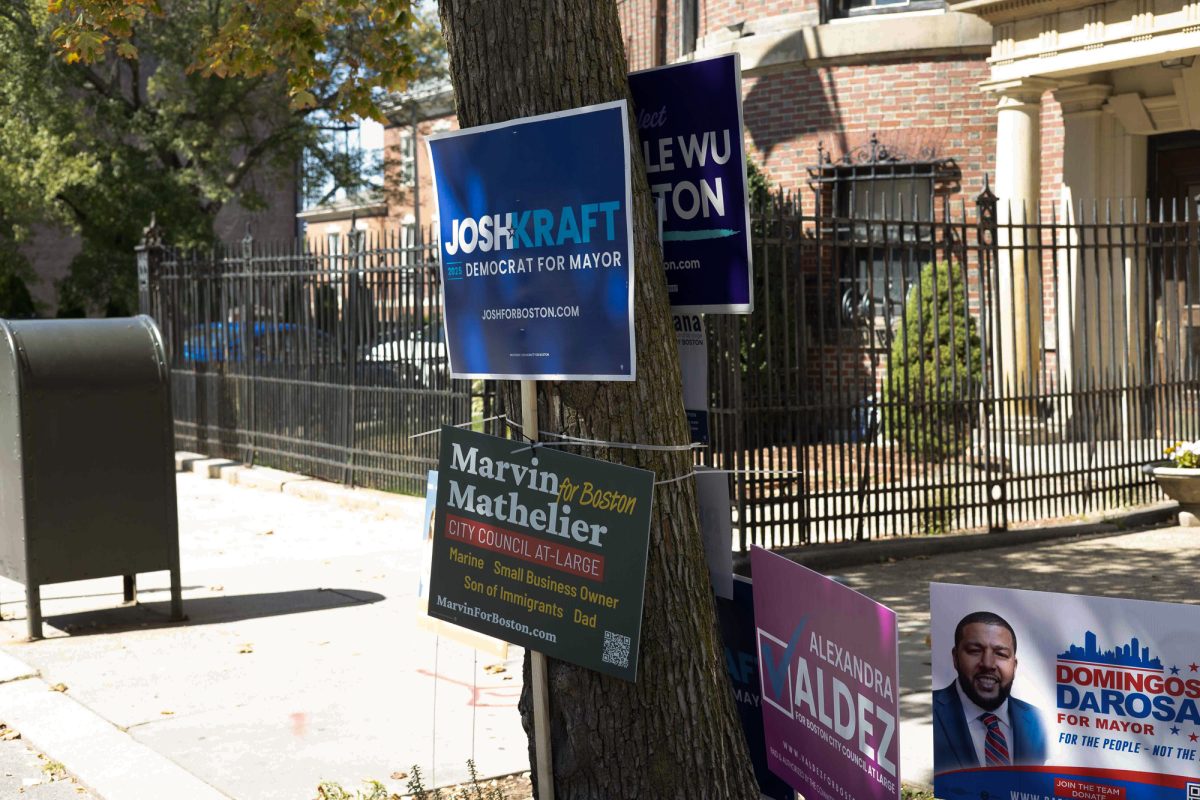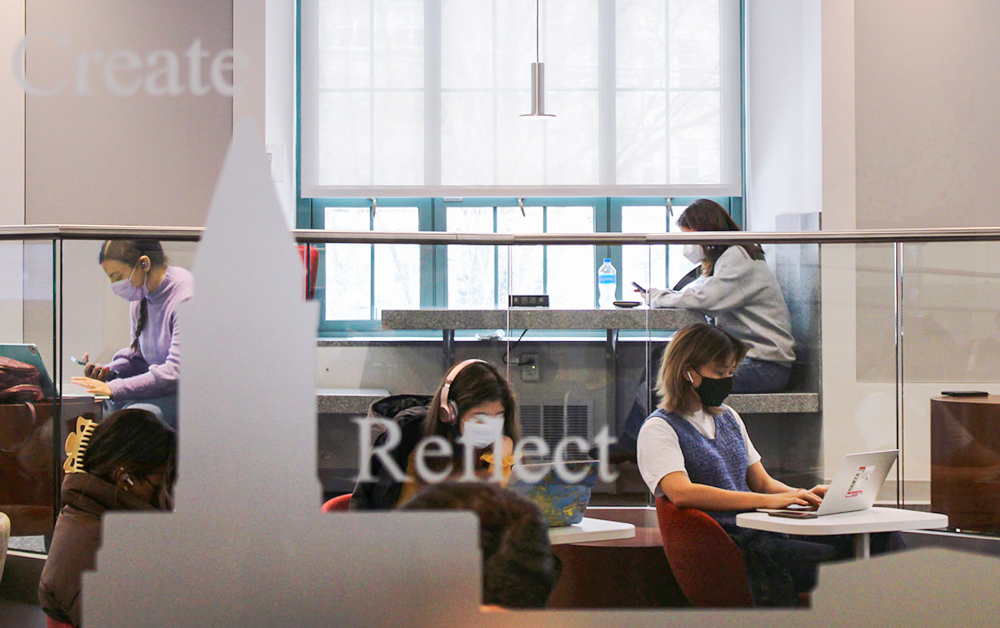Changes contained in U.S. President Barack Obama’s proposed 2014 fiscal year budget released April 10 could have a wide range of effects on students at colleges such as Boston University, particularly due to the way the budget addresses financial aid and student loan interest rates, officials said.
Bart Lipman, an economics professor at BU, said it is important for Congress to put a cap on interest rates to protect students.
“In principle, of course, if there’s no cap, interest rates could go pretty high,” he said. “On the other hand, these should be pretty safe loans … pretty low risk from the banks’ points of view, and therefore the banks shouldn’t need to … make a high interest rate.”
The proposed federal budget would decrease the interest rates of Federal Direct Stafford loans, add funds to work-study awards and increase the maximum Federal Pell Grant award by $140 to a total of $5,785.
U.S. Department of Education spokeswoman Jane Glickman said the changes are designed to serve both students and the nation as a whole.
“Our twin goals for higher education are affordability and quality,” Glickman said in an email. “Both of these programs are geared to needy students. As the President has said time and again, postsecondary education is a prerequisite to opportunity — both for middle-class security and to ensure our nation’s economic prosperity.”
The proposed budget would prevent subsidized Stafford loan interest rates from doubling from 3.4 percent to 6.8 percent in the summer, replacing the jump with a “cost-neutral reform” based on market rates, according to the budget. It would also prevent student borrowers from spending more than 10 percent of their discretionary income on loan payments.
In addition, the proposed budget provides $260 million for a proposed program to reduce college costs, improve innovations and increase college attainment rates as well as more than $10 billion for grants, work-study programs and Perkins loans.
At BU, about half of all undergraduates receive financial aid from the university, and about 15 percent receive work-study positions or Pell grants, said BU spokesman Colin Riley.
Both the net cost of attending and median amount of borrowed money per student per year at BU are considered “high,” but the net cost has been steadily decreasing, according to the College Scorecard, a federal cost-measuring tool for universities released in February.
Riley said BU’s administration works diligently to keep the cost of attendance lowering while still providing quality services for students.
“The administration has done a terrific job in keeping the tuition increases below the national average … for over a decade, and that’s hard to do,” he said. “They’ve increased efficiency, so there’s been … reduced expenses in a number of areas to help keep tuition as low as possible.”
Lipman said it is important for both universities and students to remember that the proposed budget is far from finalized and may not be for some time.
“The thing that nobody can know right now is how much of any of what we’re talking about is going to be relevant when they [Congress] actually get down to passing legislation,” he said. “The process in Washington [D.C.] is so chaotic right now, it’s hard to know whether any of this will have any bearing on what ultimately gets passed.”




















































































































